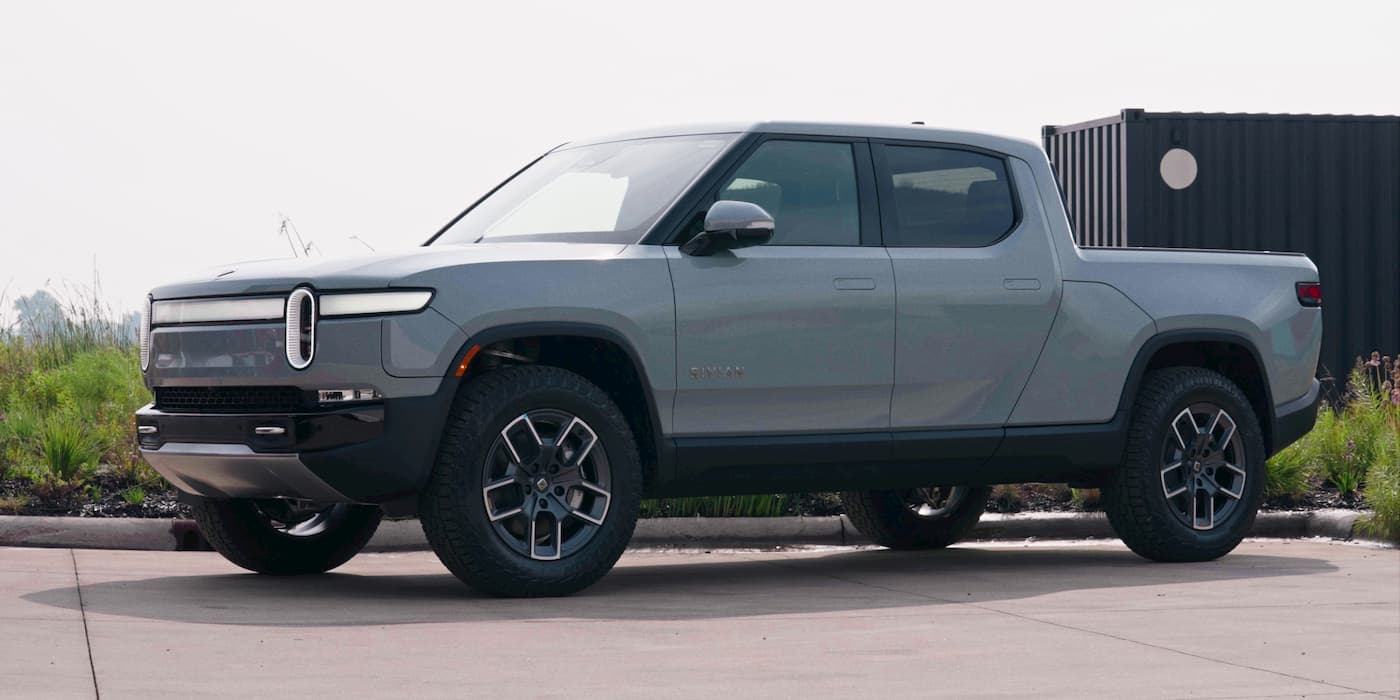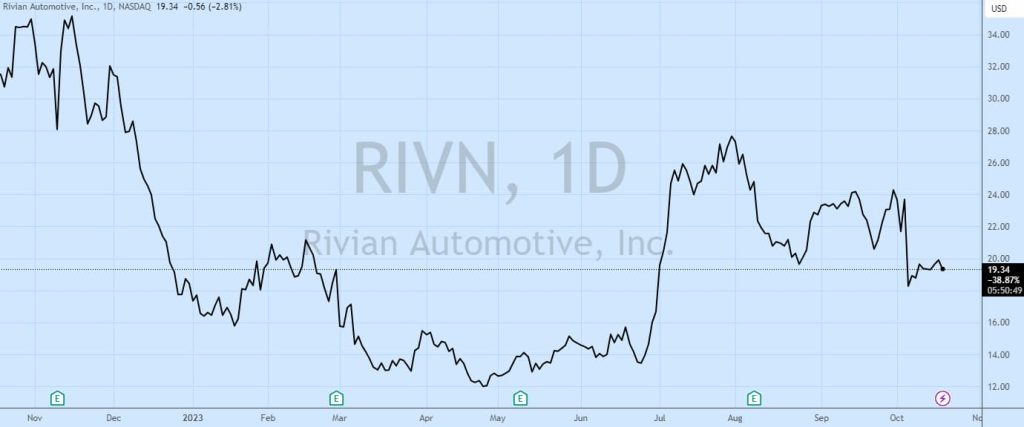
After revealing plans to issue another $1.5 billion in convertible debt, concerns about Rivian’s (RIVN) financial health have risen. The EV maker’s CEO, RJ Scaringe, explained that the debt offering creates an additional buffer rather than reflecting concerns over cash.
Rivian revealed in an 8K filing earlier this month that it plans to offer $1.5 billion in green convertible senior notes. The debt offering comes after a $1.3 billion capital raise in March.
The fundraising caused Rivian shares to plummet as investors questioned the EV maker’s financial health. A day before the announcement, Scaringe told CNBC’s Squawk Box that Rivian was “very comfortable with the fact we’ve maintained a strong balance sheet.”
To ease investor concerns, Scaringe told Reuters Wednesday that Rivian’s debt offering is designed to free up liquidity as it enters a new growth phase.
Following the fundraiser in March, Scaringe said Rivian would have enough cash to last through 2025.
“We don’t control the macro economic environment, we cannot control political conflict, and those are real risks that exist not just specific to Rivian,” Scaringe explained. He added there’s “a risk to our capital markets” and the liquidity available.

Rivian says debt offering does not reflect R2 confidence
Rivian plans to launch its second-gen R2 models in 2026. The products will be smaller and cheaper as Rivian introduces new methods to boost efficiency. We will get our first look at the R2 lineup in 2024.
Scaringe said Wednesday, “I would not say this is any reflection of the degree of confidence we have for R2 both in terms of execution and in terms of our cost structure.”

Rivian’s loss per vehicle has improved significantly throughout the year. In the second quarter, Rivian lost $32,594 on every car it delivered. Although it’s still a major deficit, it’s a 50% improvement from Q1 ($67,339 loss per vehicle). The progress becomes even more apparent compared to last year.
| Q3 ’22 | Q4 ’22 | Q1 ’23 | Q2 ’23 | |
| Rivian loss per vehicle | $139,277 | $124,162 | $67,329 | $32,594 |
Rivian has around $9.2 billion in cash as of the end of June. The company’s preliminary Q3 results suggest around $1.29 billion and $1.33 billion in revenue, aligning with the Wall St. consensus of $1.3 billion.
After beating Q3 expectations and delivering 15,564 electric vehicles in the third quarter, Rivian says it’s on track to hit its 52,000 production target this year.

Meanwhile, Rivian’s stock is still down 38% over the past 12 months and 83% from its all-time high in November 2021.
Electrek’s Take
The third and fourth quarters will be significant for Rivian as it looks to maintain momentum going into the end of the year.
The EV maker has shown throughout the year that it can ramp production while improving efficiency. Rivian is not the only automaker improving its balance sheet as the industry braces for higher interest rates and geopolitical uncertainties.
NIO, Fisker, Polestar, and even General Motors have recently announced new plans to free up liquidity.
FTC: We use income earning auto affiliate links. More.



Comments